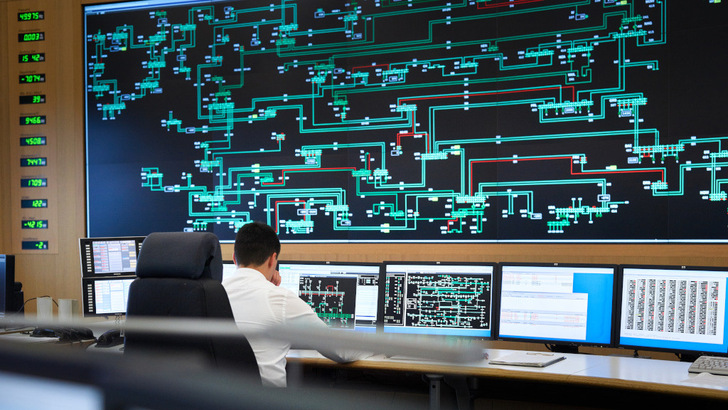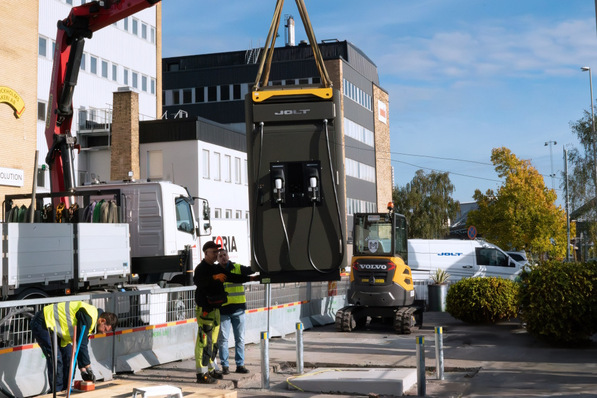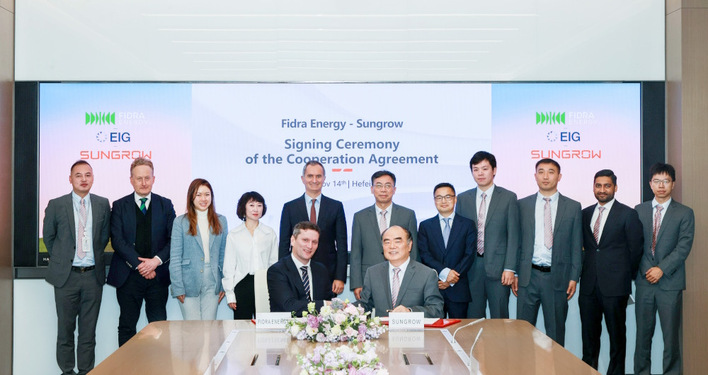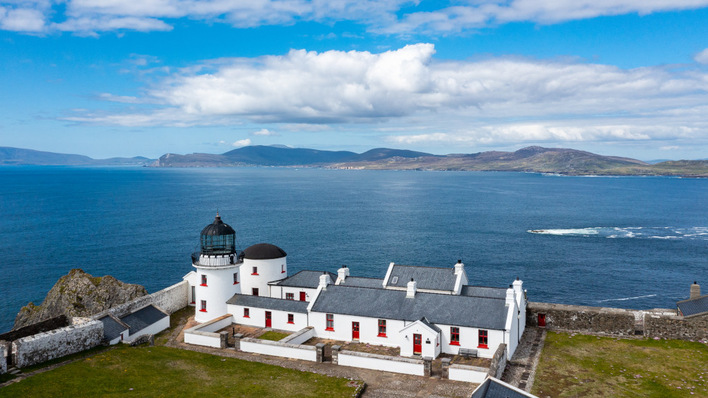With the UK government’s aim to deliver zero-carbon electricity by 2030, low-carbon electricity infrastructure is key to cutting down the reported 29% fossil fuel generation figure. However, despite bold policy commitments and investment in renewable energy, legacy infrastructure across the grid continues to stifle progress.
Though clean energy projects have been prioritised for grid connections, legacy processes and infrastructure are creating a growing backlog against projected needs. More investment alone won’t solve the issue – the sector must shift outdated systems into a modern, sustainability-first era.
How AI is advancing photovoltaics
“Without tackling the root causes of inefficiency, namely, legacy IT and data systems, efforts to reach net zero are likely to fall short,” warns Pete Smyth, CEO at Leading Resolutions. The energy sector’s dependence on old hardware and software means that even as new renewable energy resources are introduced, integrating them into the grid remains fraught with delays and complications.
Legacy infrastructure remains the biggest challenge to net zero in the UK energy sector. Addressing outdated systems, improving data science capabilities and ensuring reliable technology rollouts – such as smart meters – are essential for building a smarter, more resilient grid that can support the transition to renewable energy and meet net-zero targets.
Old infrastructure hampering sustainability
Addressing the source of the problem, Pete added, “A smarter national grid is essential for integrating more renewable energy sources into the mix.” However, the current grid infrastructure is not designed to handle the variable nature of renewable sources. To resolve this, flexibility is key – requiring a more digital, real-time and data-led analytical approach.
Whilst the UK is currently aiming to connect new renewable energy generation sites to existing infrastructure, legacy systems remain a major hindrance, slowing progress. Modern, agile and digitally focused systems are needed to support the shift in energy priorities.
Expert analysis: As we rebuild the grid, we must rethink its management
Pete said:If systems are failing under current infrastructure demands, they are clearly unprepared for more advanced requirements. Without upgrades, the benefits of renewable energy will remain constrained by legacy infrastructure.
Data science is the next step
“Modernising the grid requires more than just new hardware; it demands digital transformation and real-time data analysis to manage supply and demand dynamically,” said Ramesh Subramanian, Principal Consultant at Leading Resolutions. Yet many energy companies still rely on outdated software that cannot efficiently collect, process or analyse the vast volumes of data generated by modern energy systems. Data entry points become bottlenecks, and information is often siloed or held by third parties – creating security and interoperability risks.
Overcoming legacy infrastructure concerns
Addressing these challenges requires changes in industry policy and mindset – not just from government and consumers, but also within the energy sector itself. “Investment in grid upgrades and modern AI-boosted digital transformation is essential, as is trust in new infrastructure projects,” Pete concludes.
After the Iberian blackout – batteries and PV to boost energy security
By prioritising the modernisation of legacy systems and embracing data-driven solutions, UK energy businesses could overcome the biggest barriers to net zero and build an energy system fit for the future. Without these changes, the promise of a sustainable, low-carbon energy future will remain out of reach. (hcn)








